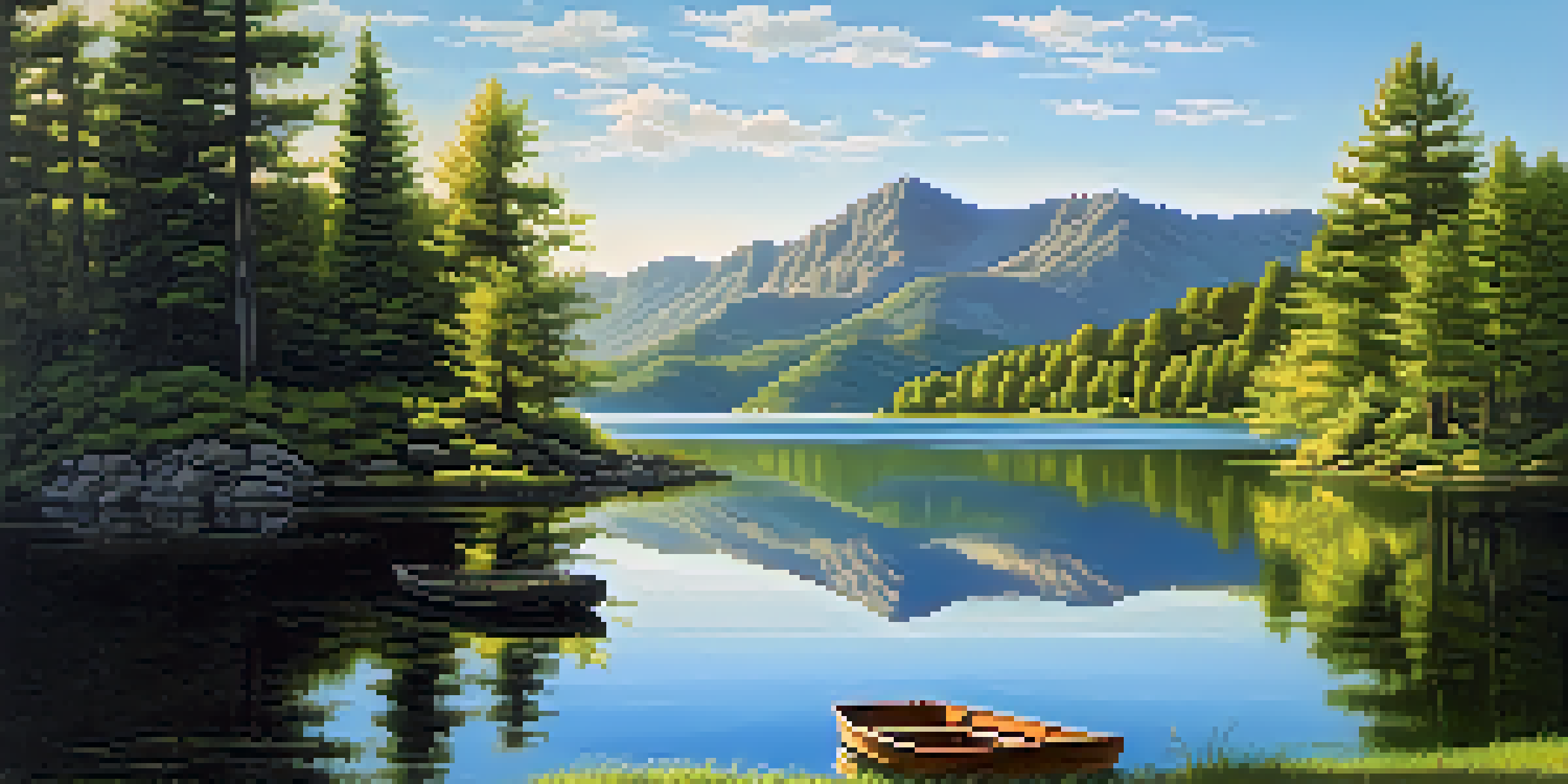The Evolution of Painting: Embracing Digital Technologies

A Brief History of Traditional Painting Techniques
Painting has been a pivotal form of expression for thousands of years, with origins dating back to prehistoric cave art. Traditional techniques, such as oil, watercolor, and acrylic, have allowed artists to convey emotions and tell stories through color and texture. Each method carries its own unique characteristics, providing a tactile experience that resonates deeply with viewers. This rich history sets the stage for the current evolution, where these age-old practices intersect with modern technology.
The Birth of Digital Art: A New Canvas
The introduction of digital art in the late 20th century marked a significant turning point for artists. Digital tools, like graphic tablets and software, offer endless possibilities for creativity, allowing for experimentation without the constraints of traditional materials. Artists can create intricate designs with the click of a button, which can be easily modified or erased, fostering a unique sense of freedom. This shift not only diversifies artistic expression but also attracts a new generation of creators who are tech-savvy and innovative.
Traditional Meets Digital Artistry
Contemporary artists are blending traditional painting techniques with digital tools, creating a hybrid approach that enhances their creative expression.
Blending Traditional and Digital Techniques
Many contemporary artists are now merging traditional painting methods with digital technologies, creating a hybrid approach that enhances their work. For instance, an artist might sketch a composition by hand, then scan it into a digital platform for coloring and detailing. This fusion allows for a richer visual narrative, as the artist can leverage the best of both worlds. By combining the warmth of traditional materials with the precision of digital tools, these artists are pushing the boundaries of what painting can be.
The Rise of Digital Painting Software and Tools
Software like Adobe Photoshop, Corel Painter, and Procreate have transformed the landscape of digital painting. These tools are equipped with features that mimic real brush strokes and textures, making it easier for artists to create lifelike images. Moreover, the accessibility of these programs has democratized art creation, allowing anyone with a computer or tablet to express their creativity. This growing trend highlights the importance of adaptability in the art world, where technology continues to shape the way we create.
Social Media Empowers Artists
Platforms like Instagram and TikTok have transformed how artists share their work, enabling them to connect with audiences and build a community.
The Role of Social Media in Art Sharing
Social media platforms like Instagram and TikTok have become vital for artists to showcase their work and connect with audiences. These platforms allow artists to share their creative process through time-lapse videos or live streams, giving viewers an inside look at how their pieces come to life. This not only builds community among artists but also fosters engagement and appreciation for the art form. Social media is now a powerful tool for networking, collaboration, and even selling art, significantly changing how artists operate.
The Impact of NFTs on Digital Art Ownership
The emergence of Non-Fungible Tokens (NFTs) has revolutionized the way digital art is bought, sold, and owned. NFTs provide a unique digital signature that confirms ownership, allowing artists to sell their work in a way that was previously impossible. This innovation empowers artists to monetize their digital creations and ensures that they maintain control over their intellectual property. The NFT market continues to grow, raising questions about the future of art ownership and the value of digital works.
NFTs Redefine Digital Art Ownership
The rise of Non-Fungible Tokens (NFTs) has revolutionized the buying and selling of digital art, allowing artists to maintain ownership and monetize their creations.
Challenges Faced by Digital Artists
Despite the opportunities presented by digital technologies, artists face unique challenges in this evolving landscape. Issues such as copyright infringement and the devaluation of art in a digital format can create obstacles for creators. Additionally, the rapid pace of technological change can be overwhelming, making it essential for artists to continually adapt and learn. These challenges highlight the need for a supportive community and resources to help artists thrive in the digital age.
The Future of Painting: Endless Possibilities
As we look to the future of painting, the integration of digital technologies will undoubtedly continue to expand. Emerging technologies, like virtual reality and augmented reality, are set to reshape how we experience and interact with art. Artists will have even more tools at their disposal to express their vision and engage audiences. Ultimately, the evolution of painting reflects our ever-changing relationship with technology, reminding us that creativity knows no bounds.